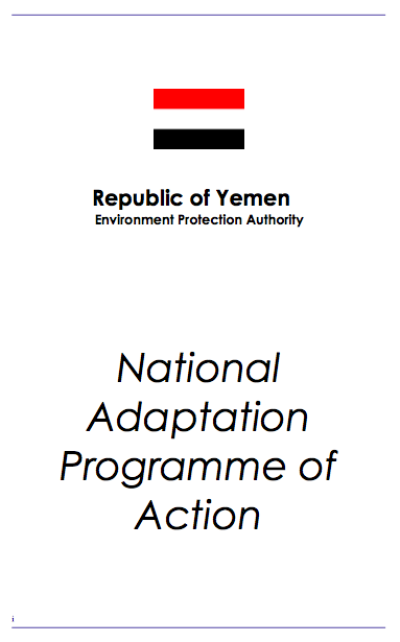Yemen has identified three main sectors that are vulnerable to climate change: water resources, agriculture, and coastal zones. Yemen is promoting sustainable use through optimal allocation of water resources and use of improved quality control techniques and working towards the protection of agricultural diversity, maintaining agricultural resources and developing sustainable agricultural programs. Sustainable use of marine and fishery resources through the development and strict implementation of policy, legislative and management tools are working to ensure harvest level of coastal resources are maintained within the biological limits of Yemen's coastal zones.
Yemen is an arid Middle Eastern country, occupying an area of 527,970 square kilometres at the southern end of the Arabian Peninsula. It is bordered to the north by Saudi Arabia, to the East by Oman, and to the South and West by a 2,200 km coastline along the Gulf of Aden, Arabian Sea and the Red Sea.
Yemen is highly vulnerable to climate change-related impacts such as drought, extreme flooding, pests, sudden disease outbreaks, changes of rainfall patterns, increased storm frequency/severity and sea level rise. These are serious concerns as Yemen's economy largely depends on its rural natural resources. Moreover, more than 75% of the population is rural-based engaged in farming and pastoralism and hence highly reliant on favorable climatic conditions for their livelihoods.
Projects Completed
Latest Publications
See allYemen is highly vulnerable to climate change-related impacts such as drought, extreme flooding, pests, sudden disease outbreaks, changes of…



